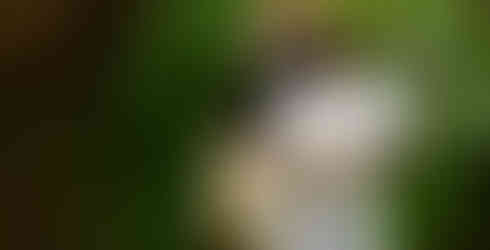The search for workable clay...part 1
- Becki Scott
- Jan 21, 2017
- 2 min read
Yesterday, Loe, Bert, Mercy, and I went on a road trip around the North-East part of the island in search of potential clay sources, which may have been used in the past to produce the ceramic objects that we've been finding during the excavation. We travelled between Mt Carmel waterfalls in the eastern part of the island and Levera Beach in the north. The sampling strategy itself is fairly simple; when we find a clay source, Loe (who is an expert in clay and pottery) has a "feel" of the clay to determine whether it might be suitable. When we find a reasonable clay, we fill a large sample bag. Then we record the gps co-ordinates, a description of the location, and of course the sample number. We also record any other observations, such as the colour of the clay and any photographs that we have taken.
What is a little more difficult is deciding where to look for the clays. We have three complementary strategies for this. Firstly, we look at a variety of maps of the area and decide what the local geology may be like, where the rivers and lakes are located, and how accessible these areas appear to be. So this approach is based on the natural formation and transportation of clay material. The second method uses historic maps and information to locate where former kiln/pottery sites may have been. This approach relies on the assumption that a kiln or pottery workshop would be located within a few km from the best clay sources. The final approach we use is to rely on local knowledge. We ask people if they know of any clay sources in the area, do they remember anyone ever making pottery locally, are there any local stories about pottery manufacture in the area etc? This combined approach basically translates as, we drive to notable historic and geological sites, have a good look around and then ask local people for more information.
It was a lot of fun, if a lot of driving. And the nice change is that I wasn't the only one getting muddy. We collected about 14 samples yesterday, which Loe now has to process to determine if they are in fact workable i.e. good for potentially making pots. Those clays which are workable will then be subjected to further geochemical analyses. This is so that we know the chemical composition and can begin to compare it to our database of ceramic objects...



























Comments